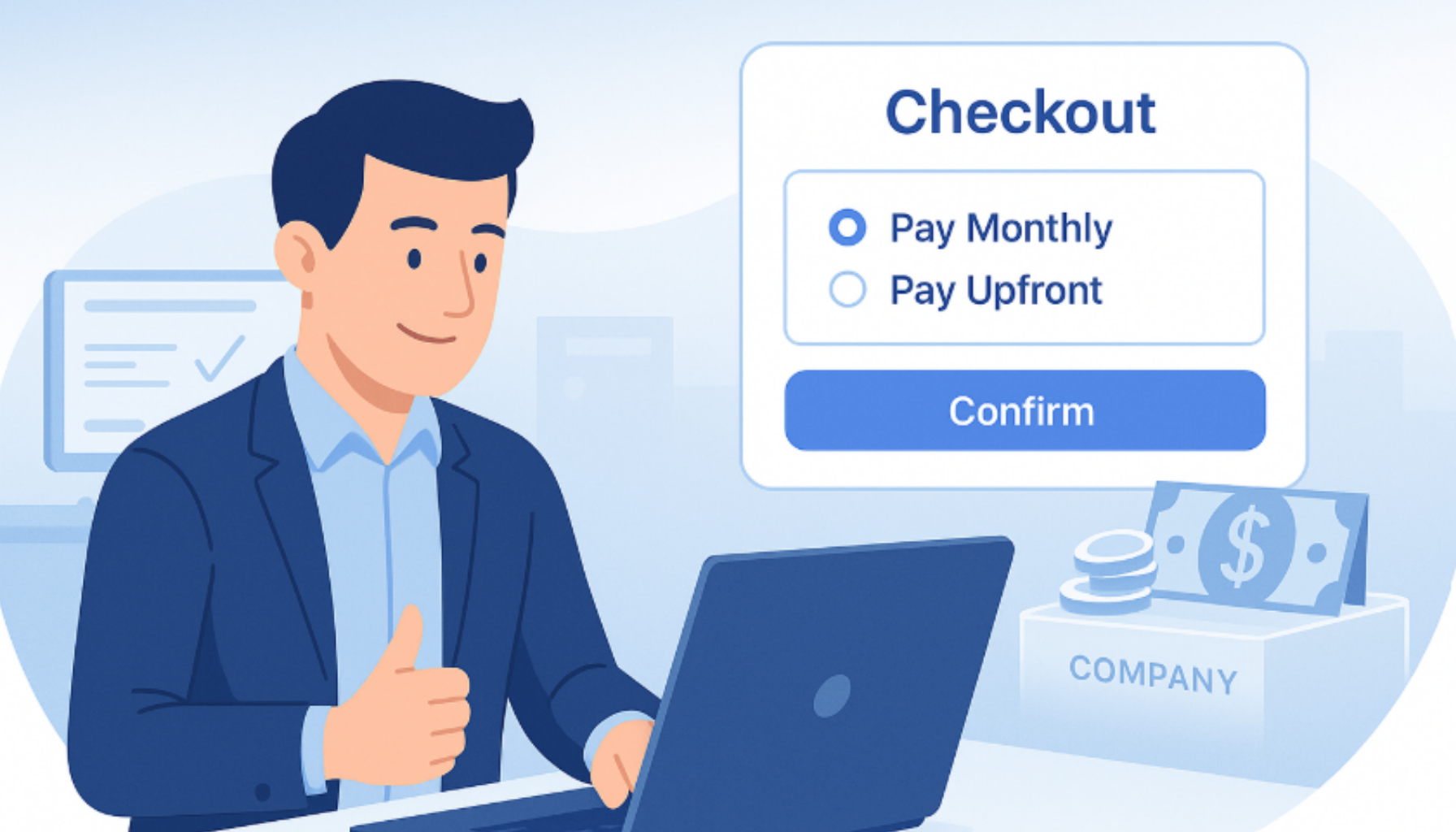It’s Time to Rewrite the Rulebook for SaaS Businesses
It used to be that SaaS brands were seen as bulletproof — even if the broader market crashed, the theory went, SaaS vendors would be protected by their steady, predictable revenue streams, and investors would stay loyal.
Well, not so fast. It’s true that SaaS startups aren’t getting spanked quite as hard as other tech companies, but Series A SaaS rounds last quarter were down 38% on Q4 2021, and publicly traded SaaS brands are also taking a pounding. Subscription brands might be a bit better off than some other tech companies, but they clearly aren’t completely insulated from investors’ current jitters.
Part of the problem is that SaaS customers are also feeling the squeeze as fears of recession dominate C-suite and boardroom conversations. For vendors and customers alike, cash flow has never been more important. That creates headaches, because it makes it harder for customers to shell out significant up-front fees, while also making it harder for SaaS brands to offer discounting.
What’s the solution? The answer lies in using creative pricing solutions to help customers manage their cash flow more efficiently while simultaneously driving up total contract values and enabling vendors to get instant access to customer payments.
By adopting new technologies to enable Buy Now, Pay Later (BNPL) capabilities—such as BNPL for SaaS—it’s possible to revolutionize pricing and payments for both vendors and customers. Now, customers can spread payments over time, making it easier to close deals even when price-conscious buyers are seeking to maintain cash flow and capital reserves.
When you use AI to assess risk and growth potential, you can offer customers pricing that’s tailored to their sector and their business, while also gaining access to customer payments instantly to support your own cash flow needs — something you can model with the C2C Simulator. And as you lean into these tech-forward strategies, it also becomes possible for technology and SaaS businesses to leverage their recurring revenues to unlock new sources of financing — without diluting equity or giving up control of their business — and to compare venture debt and revenue financing to choose the right path.
The bottom line: this is a tumultuous time for SaaS vendors, and you can’t afford to simply assume that your SaaS business can weather the storm by using the same strategies you’ve relied upon until now.
Fortunately, new pricing and payment tools are changing the rules for the SaaS industry, and giving vendors the ability to recruit and retain customers, and keep revenues flowing, even in these difficult times. Learn more about Ratio’s unique Boost solution — and how we can help you reimagine your SaaS business’ pricing and financing strategy.









.png)


